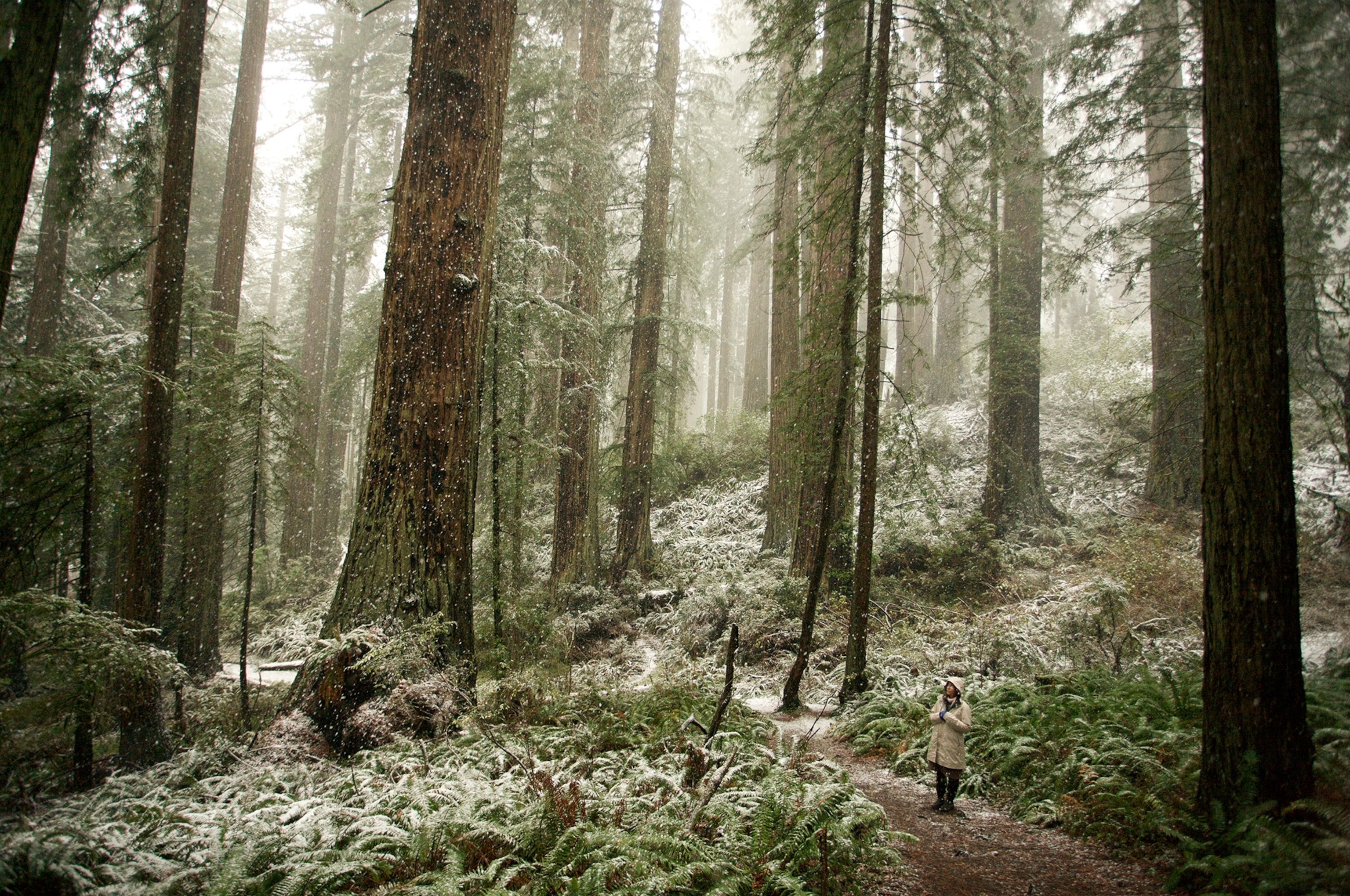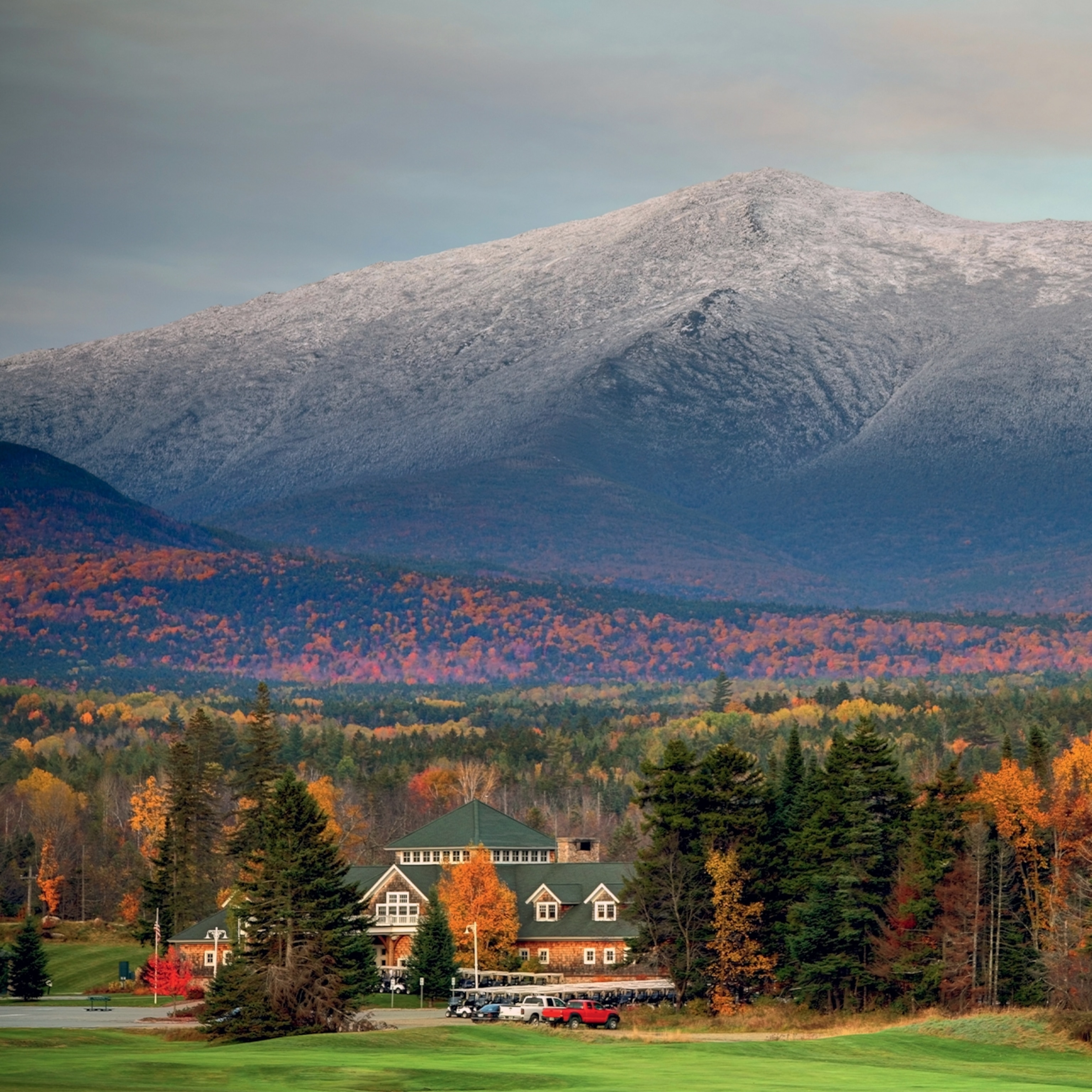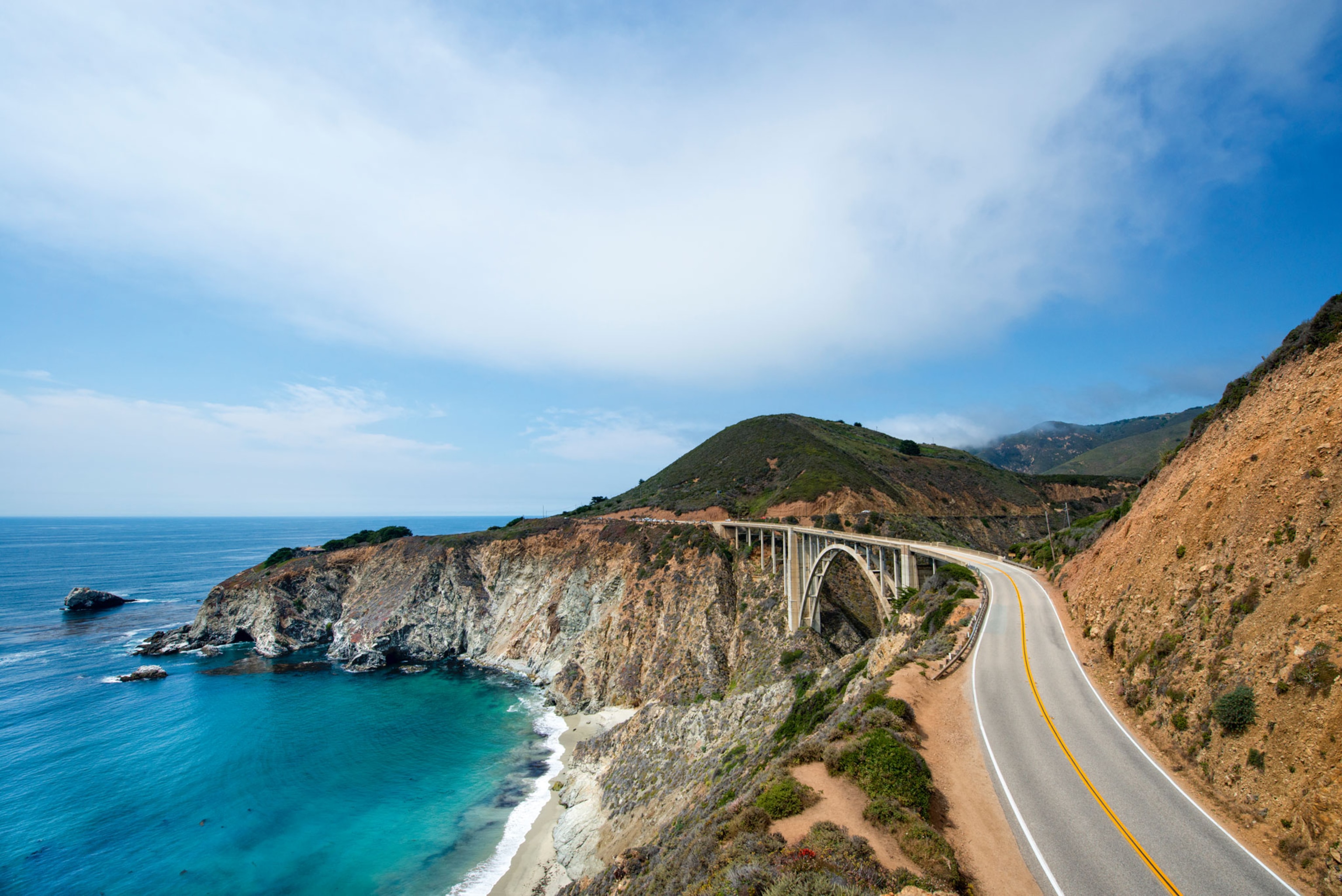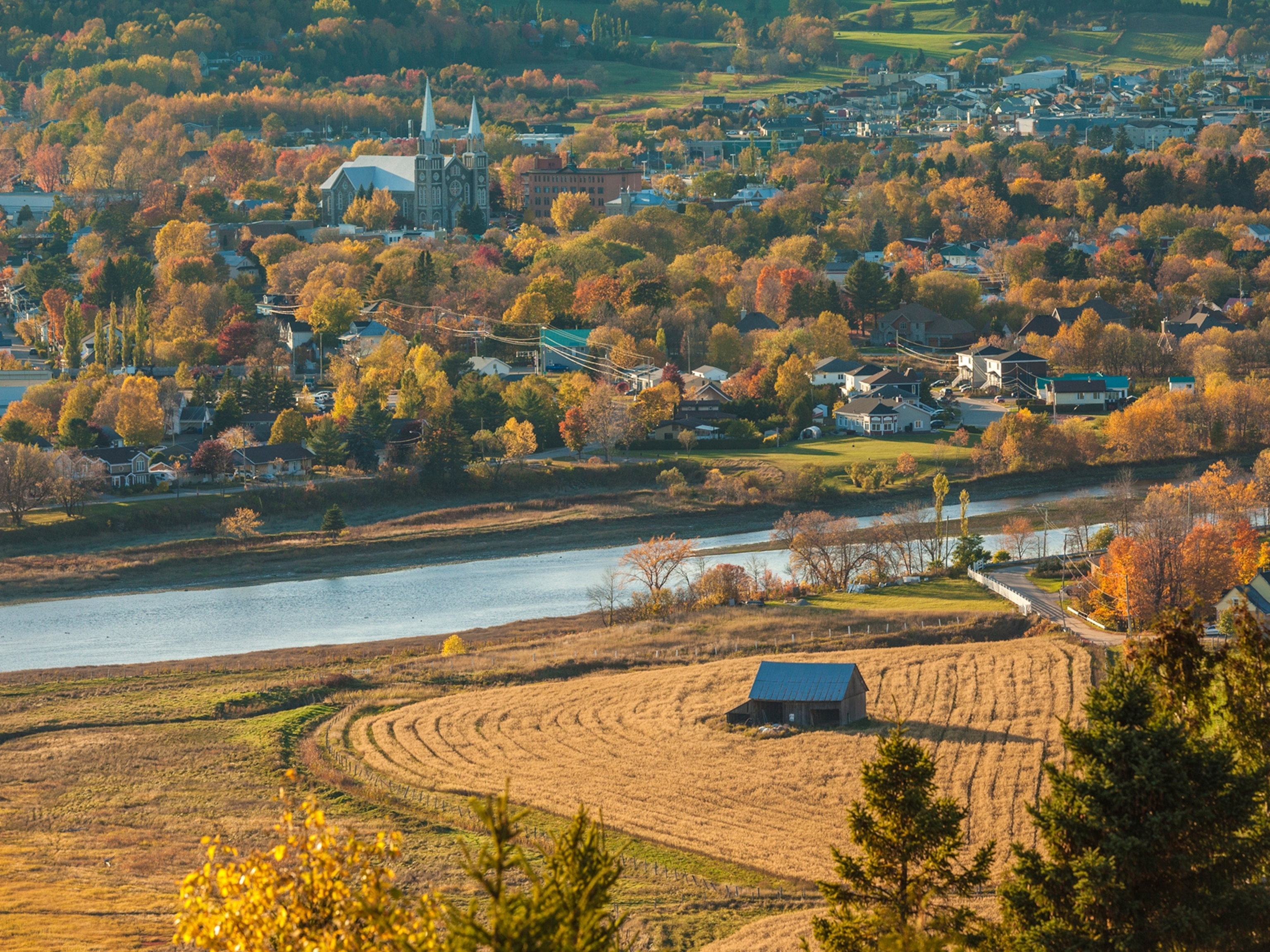Searching for Paul Bunyan—and the truth behind the legend
The earliest tales about the lumberjack—and later his big blue ox, Babe—were spun from ever more ridiculous yarns. But there’s much more to his story.

In Bangor, Maine, a framed birth certificate of Paul Bunyan hangs in the city clerk’s office.
Born February 18, 1834—the same day as Bangor’s founding—the fictional lumberjack and his blue ox, Babe, have starred in books, films, and roadside tourist traps that have captivated Americans for over a century.
In a way, Bunyan has become synonymous with the communities from Maine to California that once fueled the country’s logging industry. Tracking the legend to picturesque lakes and old-growth forests offers travelers the opportunity to explore the beauty of America’s last wild places. Here’s what to know.

The birth of a logging legend
The Paul Bunyan figure essentially stands in for Maine and its timber economy, says Jason Newton, author of a forthcoming book on logging’s labor history. “Bunyan is an anthropomorphized depiction of the industry.”
The American logging industry started in the early 1600s after the British depleted their timber resources. Looking to their American colonies for raw material, the English began to cut down Maine’s towering white pines to help build ships and masts for the British Navy. The first trees chopped were on Maine’s Monhegan Island, where artists now capture the coastal scenery with paint and canvas.
By the mid-1800s, hundreds of sawmills sat on the banks of Penobscot River in Bangor. Skilled foresters would drive cut logs down the river to the mills, wrangling and dismantling pileups, often with dynamite. It required skill, balance, and a bit of bravery. This history led Maine to claim the world’s most famous lumberjack and erect a 31-foot-tall Paul Bunyan statue in downtown Bangor, a popular photo op.
(Here’s what timber tourism and lumberjack shows can teach kids about trees.)
For more insight into the state’s logging legacy, the Maine Forest and Logging Museum outside of Bangor reconstructed a 1790s milling community where visitors can see demos of steam-engine log haulers and a water-powered mill. Travelers can also visit a Maine Boomhouse, where workers once gathered thousands of logs into “booms,” or barriers, often made of chains, that could be towed across a lake to a river. At Ambajejus Lake, the Ambajejus Boomhouse shows how these barriers were made and used via a small museum and 19th-century artifacts.

In search of Paul Bunyan’s legacy
Despite Paul Bunyan’s “birth certificate” and the many children’s books that place his birthplace in Maine, evidence suggests that Bunyan was invented sometime after logging operations moved west and began clearing almost all of the old-growth forests in places like Michigan, Wisconsin, and Minnesota, says Michael Edmonds, a historian and author of Out of the Northwoods: The Many Lives of Paul Bunyan.
The earliest Bunyan tales were circulating simultaneously as the number of inexperienced loggers increased in the Northwoods of Wisconsin. The older lumberjacks would tell stories about a man they had once worked with named Paul Bunyan. The tales became an improv comedy contest, with the older lumberjacks trying to get the gullible newbies to believe more ridiculous tales.
Tall tales transformed Bunyan from a six-foot-four-inch logger into an eight-foot-tall, 300-pound giant, who with his blue ox, were big enough to stride across the Mississippi and strong enough to dig the Grand Canyon as an irrigation ditch.
“To think that semi-literate lumberjacks were making these things up on the fly, it’s quite wonderful,” Edmonds says.
(This 1882 surveying error saved a patch of forest from logging in Minnesota.)
While some Bunyan stories share similarities with other regional folk stories, the earliest known mentions of the Paul Bunyan character can be traced to Wisconsin. Specifically, “the winter of 1885 to 1886 in a camp north of Rhinelander,” Edmonds says.
In the early 20th century, Bunyan reached a broader audience when Minnesota’s Red River Lumber Company used him and “Babe,” Bunyan’s giant blue ox, in ads starting in 1914.

In time, Minnesota erected Bunyan statues in the towns of Bemidji, Akeley, and Brainerd amid the lakes and forests of Northern Minnesota. Visitors can see the best of the region on the 115-mile-long Paul Bunyan State Trail, the longest continuously paved rail-trail in the country. The trail connects two Minnesota state parks, with dozens of logging and Indigenous history sites along the route. Travelers can also “explore the lore” via the 54-mile Paul Bunyan Scenic Byway, which features 13 interpretive kiosk sites with stories written in the voice of the legendary logger.
In Eau Claire, Wisconsin, Paul and Babe’s statues greet visitors at the Wisconsin Logging Museum.
The museum demonstrates the day-to-day life in a Wisconsin logging camp, including the tools used, the food eaten, and the bunk hall where Bunyan stories were likely shared. In a playground area, kids squeal to see one of Bunyan’s giant boots coming through the ceiling.
The museum also documents the destruction caused by “The Big Cut,” which cleared almost all the old-growth forest in the upper Midwest in the second half of the 19th century. The cutting was so complete it contributed to vast fires, including the 1871 Peshtigo Fire in northwest Wisconsin that killed 1,200 people.
Only a few small parcels of land survived the cutting, including Wisconsin’s 40-acre Cathedral Pines and Minnesota’s 300 to 400-year-old white and red pines in the Lost 40. Both places are now protected and provide a glimpse of the majesty of the old-growth forests that were destroyed by the lumberjacks who likely invented Bunyan.







